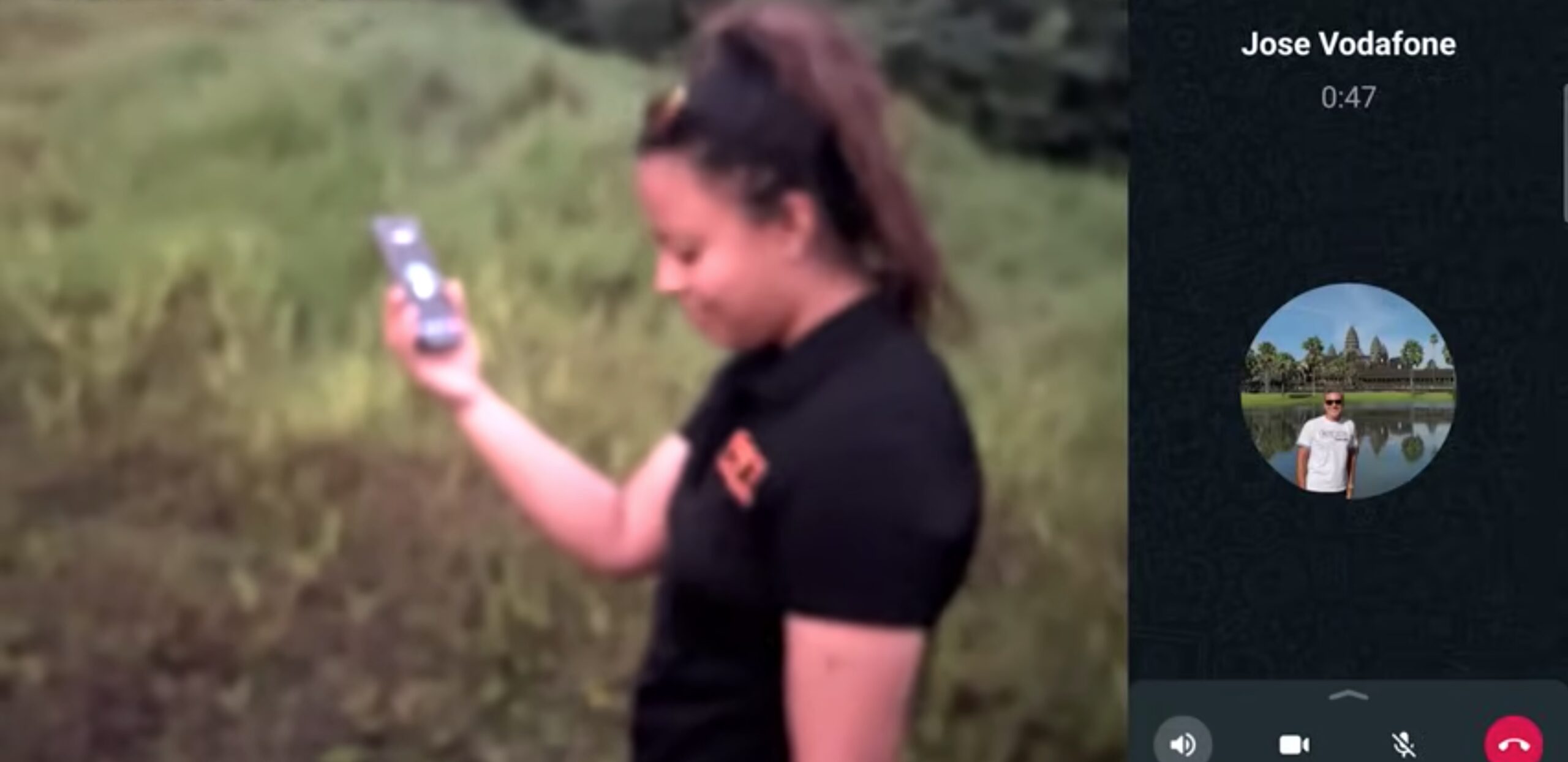TAMPA, Fla. — AST Space Mobile said Sept. 19 its Blue Walker 3 test satellite that’s been in orbit for a year recently relayed its first 5G phone call to an ordinary smartphone in a cellular dead zone.
An engineer with a Samsung Galaxy S22 phone near Hana, Hawaii, successfully connected with the satellite Sept. 8 to chat with another engineer in Spain for almost two minutes, AST SpaceMobile chief strategy officer Scott Wisniewski said.
Using the most efficient mobile networking standard released to date, the direct-to-device startup said it also achieved download rates of around 14 megabits per second in a separate test — beating the 10 Mbps speeds it recorded over 4G in June.
“We believe continued enhancements are possible on BlueWalker 3,” Wisniewski told SpaceNews via email, “and still more performance is expected on our first five commercial satellites.”
AST SpaceMobile recently secured funds to launch these five Block 1 BlueBird satellites to low Earth orbit (LEO) early next year on a SpaceX Falcon 9 rocket.
Each Block 1 BlueBird would be the same size as BlueWalker 3 at 1,500 kilograms, and five would enable intermittent connectivity for initial device-monitoring services.
AST SpaceMobile is searching for funds to build more powerful BlueBirds that would be double the size. It needs around 90 BlueBirds for a global 5G service enabling terrestrial mobile network partners to keep their subscribers connected beyond their cell towers.
The 5G tests used wireless spectrum from U.S. telco AT&T, which was picked up by BlueWalker 3’s 64-square-meter phased array antenna — the largest commercial antenna deployed to LEO. The satellite then beamed the signals back into Vodafone’s terrestrial network in Spain.
AT&T is seeking permission to lease terrestrial frequencies to AST SpaceMobile on a commercial basis in the United States.
Texas-based AST SpaceMobile and other direct-to-device players are also waiting for a framework from the Federal Communications Commission to regulate the emerging industry.
Virginia-based direct-to-device venture Lynk Global launched commercially earlier this year in Palau and the Cook Islands with spectrum from local telco partners.
Lynk currently has three pizza box-sized LEO spacecraft, part of a proposed constellation of 5,000 satellites that would initially deliver lower-bandwidth services than AST SpaceMobile, such as text messaging and emergency alerts.
On the other end of the direct-to-device market, satellite operators such as Globalstar and Iridium Communications are developing businesses using satellite spectrum to reach next-generation smartphones.
A panel during Euroconsult’s World Satellite Business Week conference in Paris last week offered widely diverging views on how fast this market will grow.
Lynk CEO Charles Miller suggested the direct-to-device market could reach $1 billion in annual revenues in less than five years.
Drawing from its experience providing communications to specialized handsets, Iridium chief operating officer Suzi McBride said it would “take a good 10 years” for the market to reach this level.
